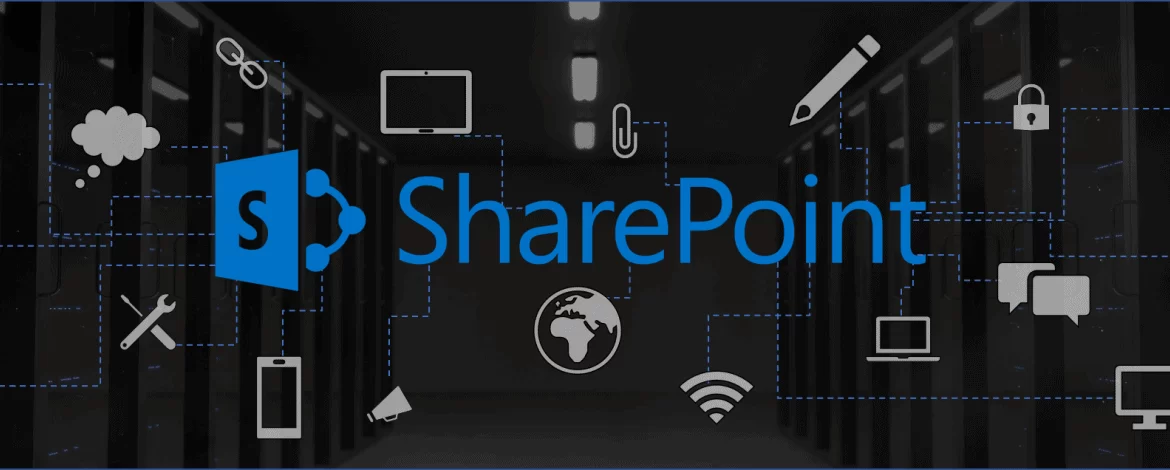
SharePoint
So what is SharePoint? Let's first look at it from a technical perspective. There are the Windows SharePoint Services (WSS), the Microsoft Office SharePoint Server (MOSS), and Microsoft Search Server. Each brings their own functionality to the table and build upon each other.
Windows SharePoint Services function the basic functionality that Gartner calls Basic Content Services. It offers the user access to Versioning and Check-in/Checkout functionality. WSS can then be extended through the use of the applets to add additional collaborative functions like email alerts, shared calendars, etc.
Microsoft Office SharePoint Server (MOSS) sits on top of WSS and adds additional features, both to the underlying WSS layer, as well as additional ways for the end-user to interact with the repository. The data resides in a SQL Database. Using Webparts it can then present this information to the user using a wide range of different modules and for interaction in different business scenarios. These include such diverse applications as Collaboration, Document management, Records Management (including DOD 5015.2 certified components), Workflow, Personalization, more complex metadata models as well as Blogs and Wikis from the Web 2.0 side.
Finally, there is the Microsoft Search Server, an Enterprise Search engine that provides advanced indexing and searching capabilities that can be integrated into a MOSS Web-based interface.
Microsoft itself describes SharePoint as Collaboration, Portal, Search, Enterprise Content Management (ECM), Business Process Management (BPM), and Business intelligence (BI), so again a lot to chose from.
Research by AIIM has shown that even today, many people start their large information management projects without a clear plan, or without a plan altogether, or steadfastly ignoring the one that you have. For a product that has so many facets as a SharePoint installation can potentially have, it is a choice that needs to be made before you jump in.

